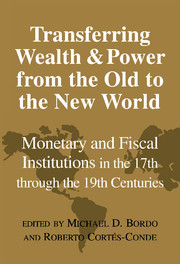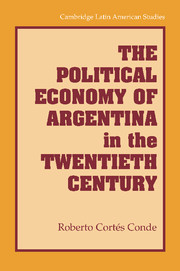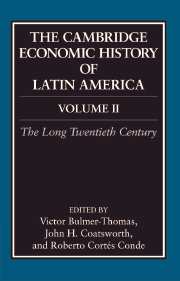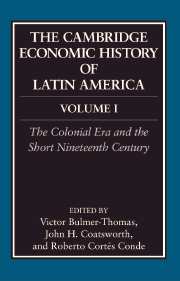There is an undeniable feeling of frustration in reaching the end of this story. It includes periods of economic boom and others of crisis and recovery. But even with the latter, there was never sustained growth during the second half of the twentieth century. There were relapses, new breaks, and finally a long decline. The country grew very little and lagged behind other more developed countries.
Nevertheless, the moments of growth impetus were repeated. Although among the policies implemented there were countless errors and follies, during nearly all of the growth periods, it seemed that the country had overcome the difficulties, whether external or inherited, and the expansion promised to continue. But frustration was invariably the result.
There was no transformation as ambitious as what Perón tried, benefiting from a growth trend that had begun in the mid-thirties and the considerable impetus that exports received in the immediate postwar period. But his abuse of the instrument of appropriation of savings of the public, and of discretionality, was also unequaled. His legacy was one of grave imbalances and inflation. To this was added a complex regulatory system, an insular mentality, and income distribution conflicts. After the fall of Perón several subsequent administrations tried to reverse the greatest imbalances that his administration had left behind, seeking to somewhat deregulate the economy (with a less pronounced role for the state), but the efforts had little success. The assault on the state had become the mechanism by which privatization of public goods was pursued.



